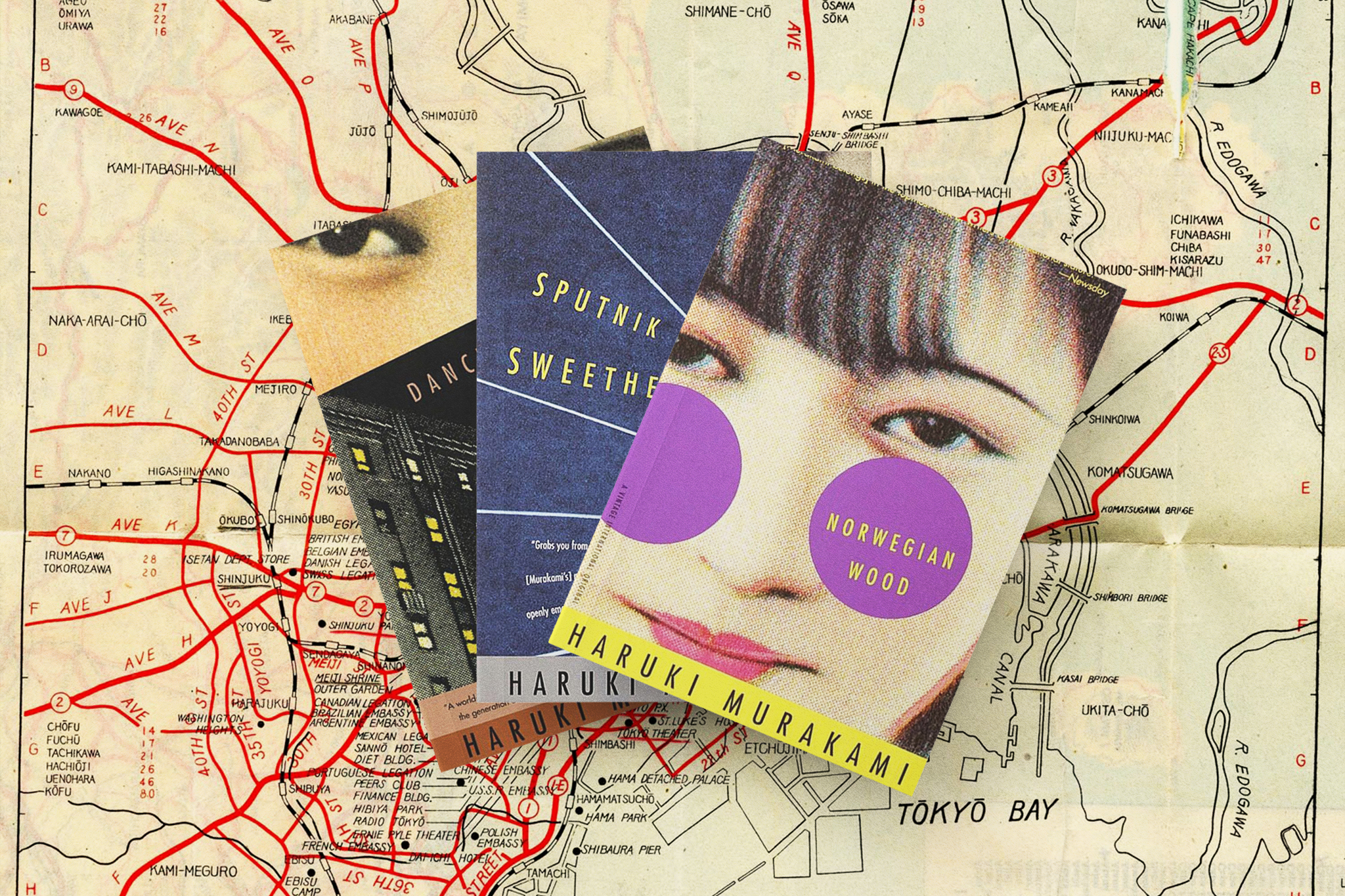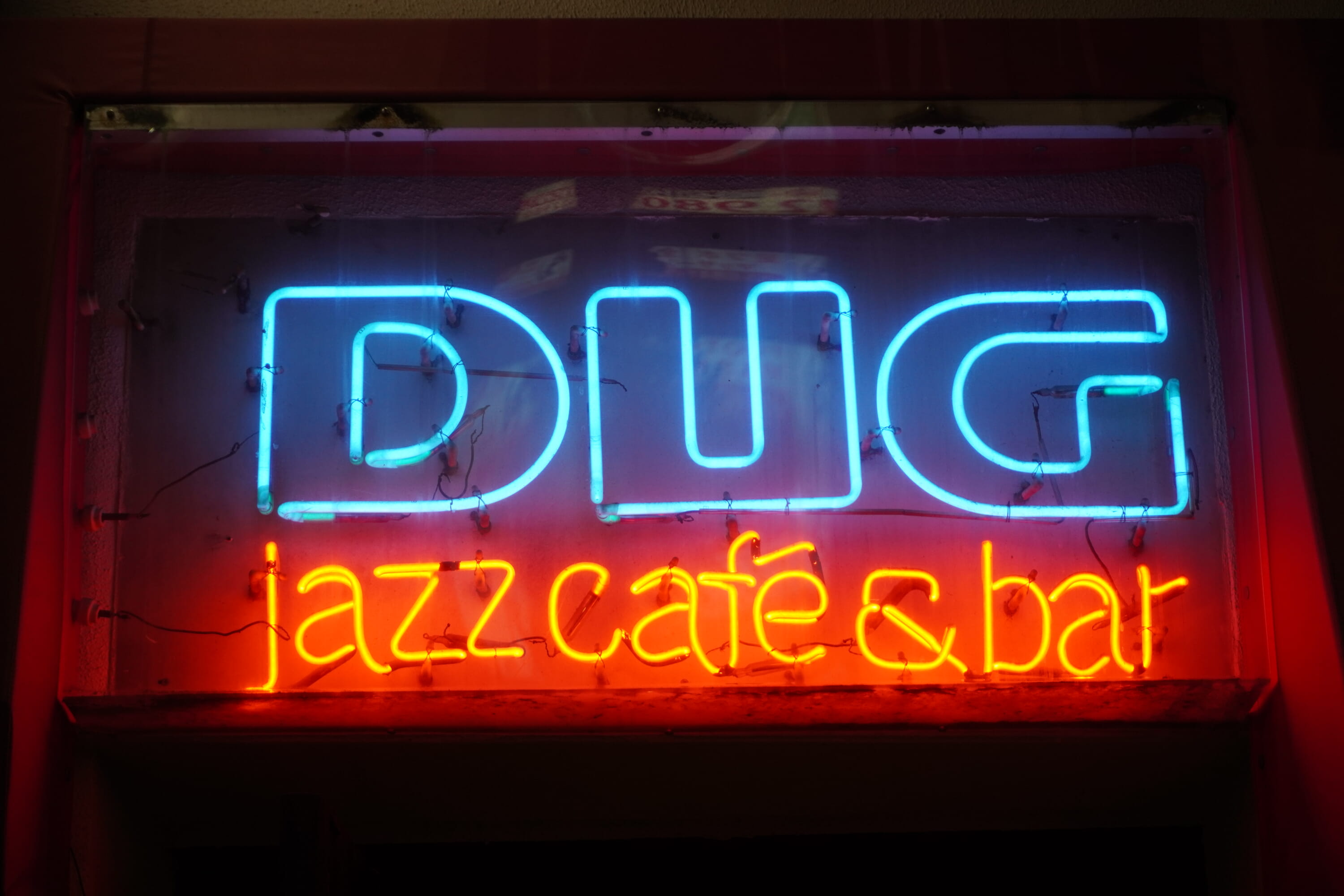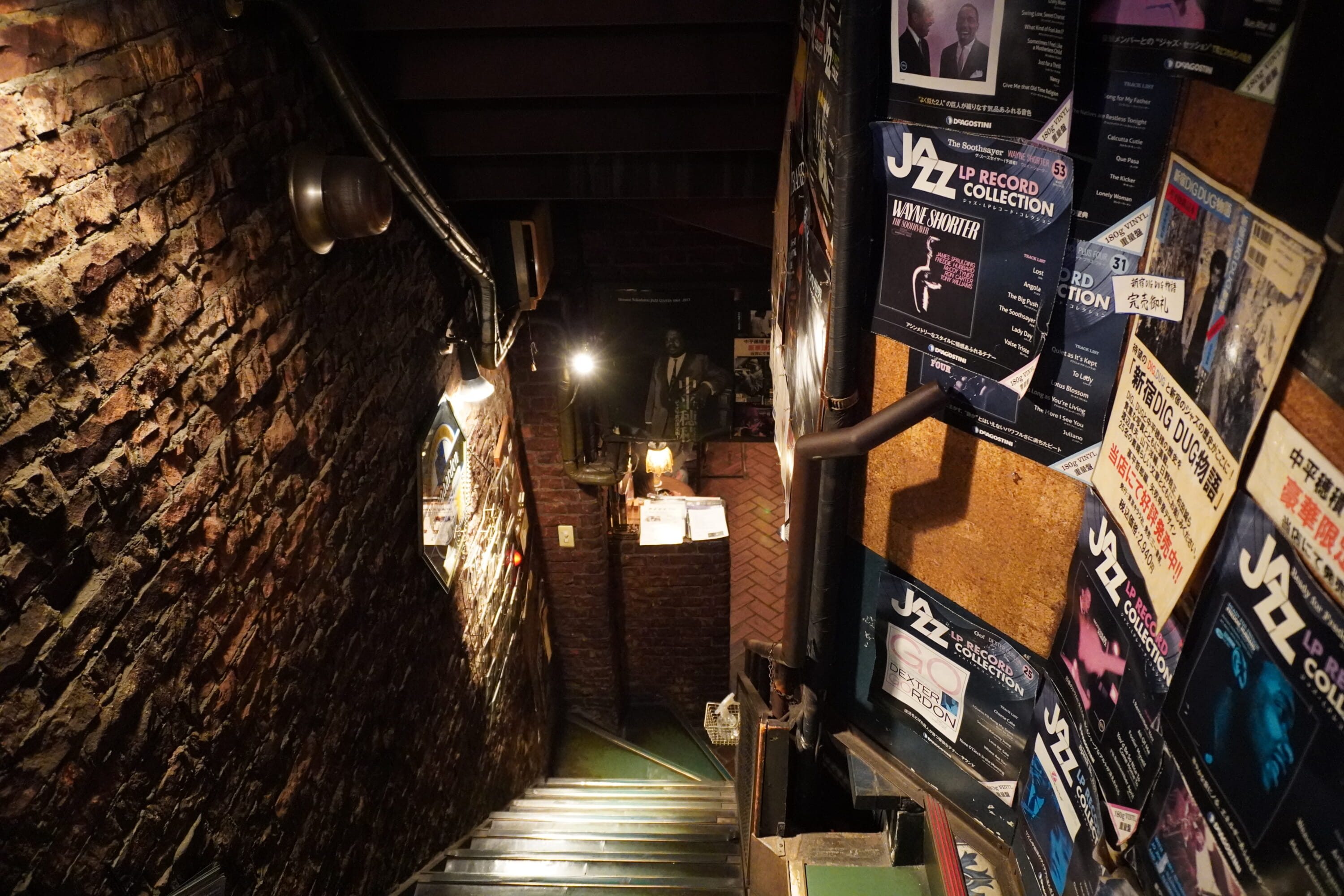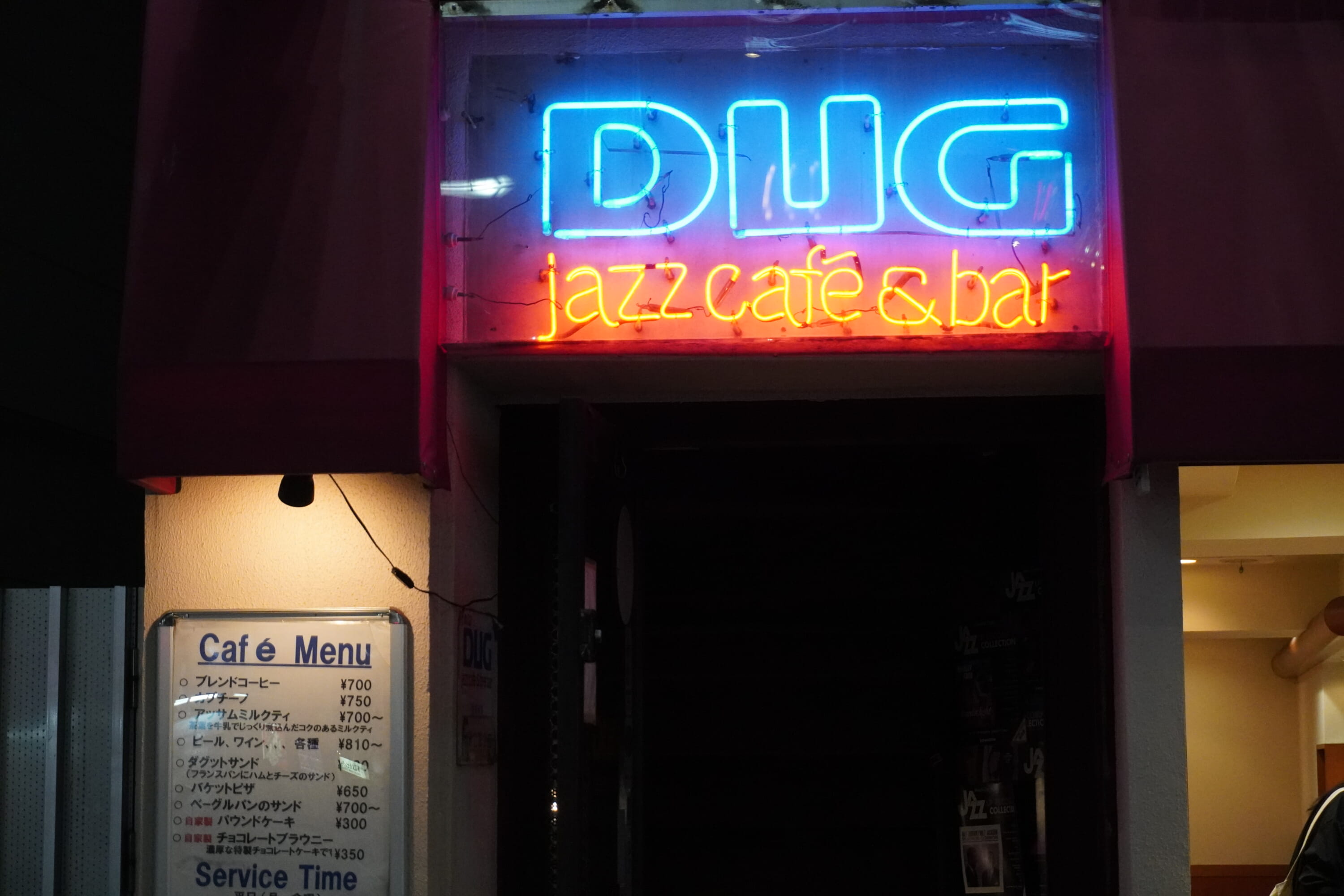If you’re in any way familiar with Japanese literature, it’s unlikely that the work of Haruki Murakami has passed you by. He has 14 novels and five short story collections under his belt and his writing has been translated into over 50 languages. In 1995, he was awarded the prestigious Yomiuri Prize for Literature for The Wind-Up Bird Chronicle, often considered to be his masterpiece.
Although born in Kyoto, Murakami spent much of his childhood in Ashiya and Kobe, before moving to Tokyo as a young man to study drama at Waseda University. The influence that the capital has had upon his writing is apparent: it serves as the backdrop to the majority of Norwegian Wood, The Wind-Up Bird Chronicle and 1Q84, and features in many of his other works. The architectural landscape of Tokyo is always changing, but there are still several locations mentioned by Murakami in his writing that fans can still visit. To facilitate the Murakami day of your dreams, we’ve compiled a guide for a literary pilgrimage around the city.
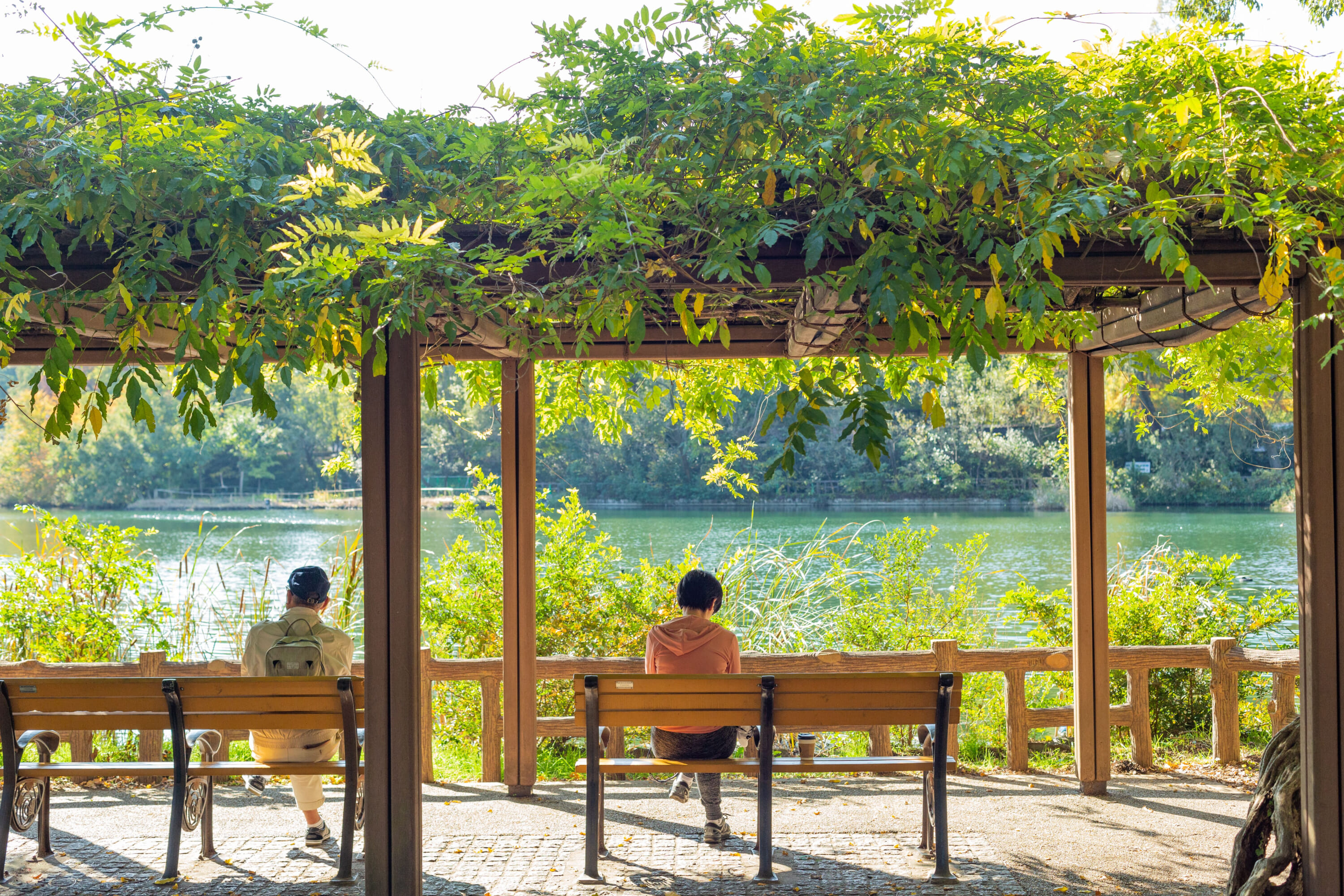
Kichijoji: Inokashira Park and Denny’s
Let’s start the day in Kichijoji, home to Norwegian Wood protagonist Toru Watanabe and Sumire of Sputnik Sweetheart. Located in the west of Tokyo, this popular neighborhood is known for its jazz bars and cafés, but just minutes away from the JR Station lies an oasis of green: Inokashira Park. Begin your morning with a stroll around the Inokashira Pond and decide for yourself which bench might have been Sumire’s favorite.
“We were sitting, as usual, side by side at Inokashira Park, on her favorite bench. The pond spread out before us. A windless day.” — Sputnik Sweetheart
After working up enough of an appetite strolling around the park, reward yourself with breakfast at Denny’s: Mari of After Dark’s chosen haunt. Although Murakami never specifies precisely in which Denny’s Mari dwells for the opening portion of the novel, the beauty of this diner is both its ubiquity and consistency across Tokyo. The Kichijoji branch, just moments away from Inokashira Park, is sure to be flooded with the same “unremarkable but adequate lighting” that illuminates Mari’s encounters. Order the chicken salad and crispy toast, à la the mysterious musician companion, or feast on the chain’s trademark syrupy pancakes.
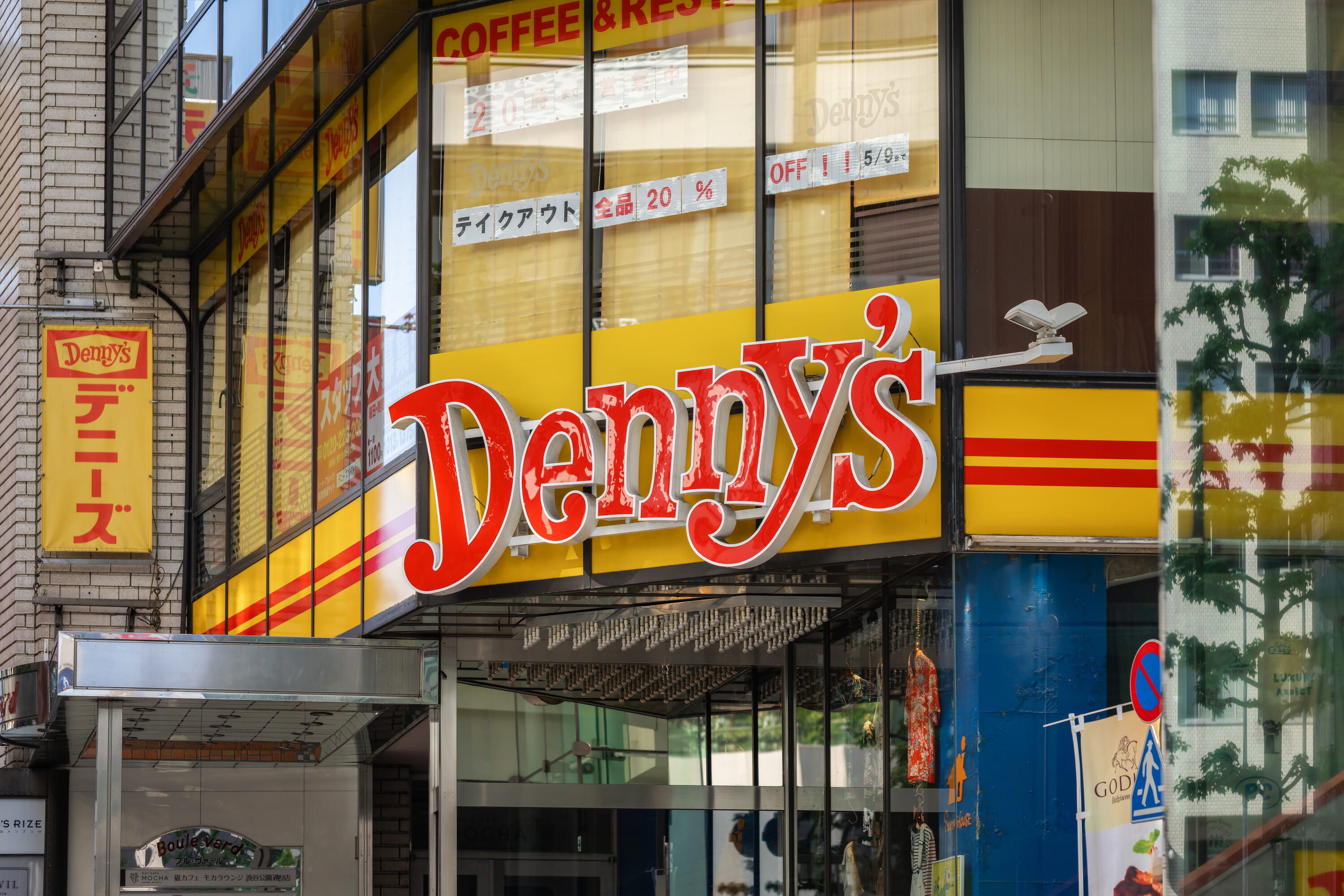
yu_photo on Shutterstock
Shibuya: Hands Shibuya and Shakey’s Pizza
Having broken the fast, it’s time to head into town. From Kichijoji Station, hop onto the Inokashira Line and speed into Shibuya. Once you’ve negotiated your way across Shibuya Crossing, brace yourself for a visit to one of Tokyo’s biggest and best department stores: Hands Shibuya (formerly known as Tokyu Hands Shibuya). Stocked with everything from takoyaki plates to hand saws, it’s no surprise that the nameless Narrator of Dance, Dance, Dance refers to the shop as “the department store with everything for the home you ever wanted.” Whether you’re in the market for art or kitchen supplies, it’s difficult to make your way around each of the seven floors and leave empty-handed.
With a sufficient number of calories burned by the stairs of Hands Shibuya, it seems only right to reward yourself with a trip to Shakey’s Pizza, the American chain visited by Gotanda and the narrator in Dance, Dance, Dance. It is here that the pair discuss whether Gotanda did, or didn’t, murder the narrator’s ex-girlfriend, with a degree of cryptic intensity characteristic of the novel. Murakami does not confirm which Shakey’s they visit, but given the Shibuya branch’s proximity to Hands Shibuya, it won’t be long until you, too, are gorging on “sizzling hot” slices, right out of the oven.
‘“Feel like pizza? Let’s go to Shakey’s.”’ — Gotanda, Dance, Dance, Dance
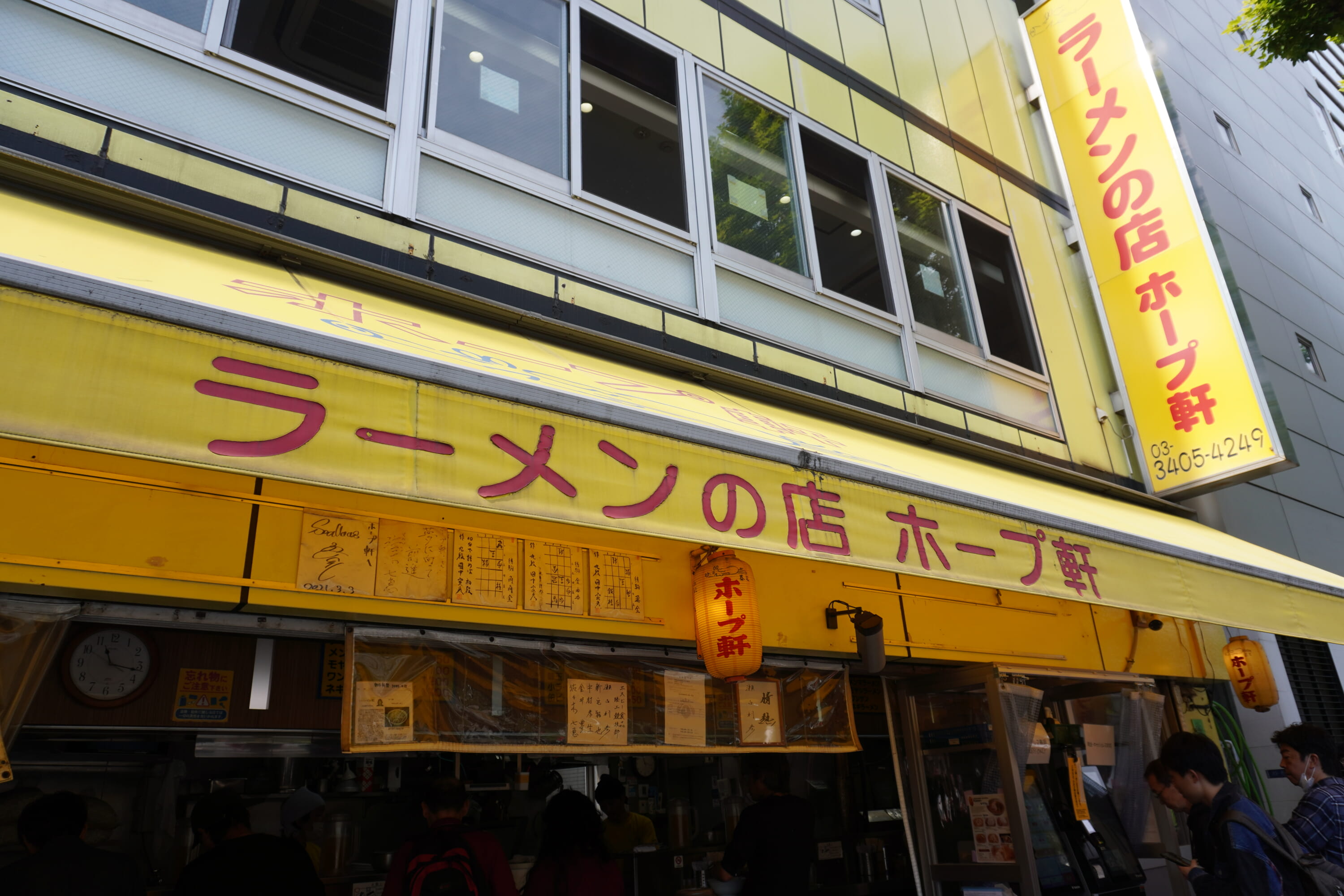
Sendagaya: Hope-ken Ramen Shop
Next, wander across from Shibuya into Sendagaya, an area sometimes referred to as the “holy site” for Murakami fans as it was home to the Peter Cat Jazz Club opened by Murakami and his wife back in 1974. While the bar is no longer open for business, you can meander along the leafy streets listening to the radio show that Murakami himself still produces today.
Sendagaya features in Hard Boiled Wonderland and the End of the World, Murakami’s 1985 masterclass in surrealism, for which he was awarded the Tanizaki Prize that same year. Over the course of the novel, Murakami weaves together two narrative strands, flipping between “Hard Boiled Wonderland,” a cyber-punked-up re-casting of Tokyo, and “The End of the World,” in which the narrator navigates an abstracted “Town,” surrounded by a large wall.
In the “Hard Boiled Wonderland” portion of the novel, the “Calcutec” protagonist and “The Chubby Girl” traverse the underground sewage system of Tokyo, as the former contemplates the day and a half he purportedly has left on Earth. However, we would recommend avoiding the concrete conduits beneath Tokyo’s streets. Instead, slurp down some noodles at the Hope-ken Ramen shop, which is open 24/7. It is mentioned in Dance, Dance, Dance.
“I pictured the world above ground. We were directly under the Kawade Bookshop, the Victor Recording Studio, and those two landmark ramen shops – Hope-ken and Copain.” — Dance, Dance, Dance
Shinjuku: DUG Jazz Bar
It wouldn’t be a day of true Murakami mania without a jazz soundtrack. While the author’s own hallowed joint is no longer a viable option, Dug, an underground jazz bar in Shinjuku, remains alive and kicking, and is just 20 minutes from Sendagaya on the JR Chuo Line. A favorite haunt of Midori of Norwegian Wood, this cozy little venue should satisfy all your 1960s jazz cravings while you sip on coffee or, perhaps more appropriately, cocktails.
‘“I come here once in a while,” she said. “They don’t make you feel embarrassed to be drinking in the afternoon.”’ — Midori, Norwegian Wood
Strolling around Tokyo, bag laden with books, you can slip in and out of the varied and various characters that people the pages of Murakami’s works. Appropriate the anonymity of the Dance, Dance, Dance narrator or feel the longing that characterizes so much of Watanabe’s narration in Norwegian Wood while you stroll around Kichijoji. And who knows, as you traverse the streets that inspired so much of Murakami’s work, you might even bump into him along the way.

